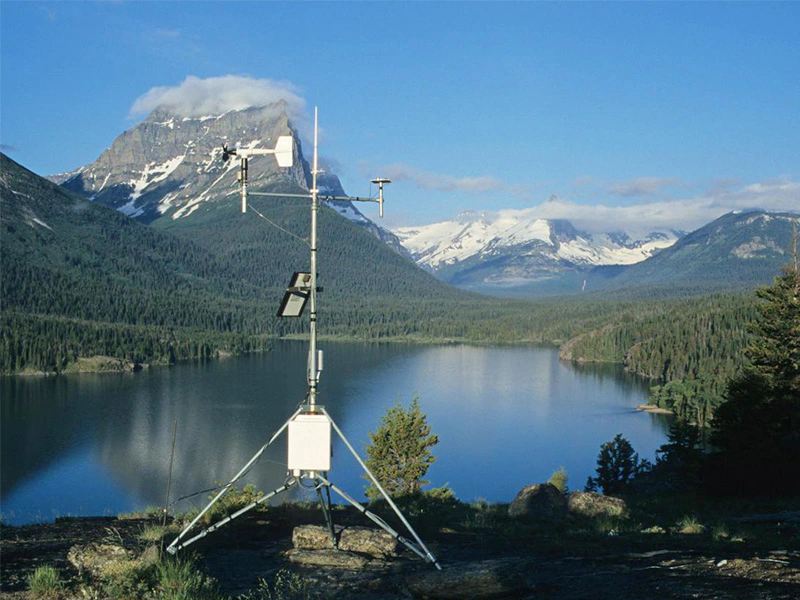
# What is a Weather Station?
## Understanding the Basics of Weather Stations
A weather station is a facility equipped with instruments and sensors designed to measure various atmospheric conditions. These stations play a crucial role in meteorology by collecting data that helps us understand and predict weather patterns.
## Key Components of a Weather Station
### 1. Thermometer
The thermometer measures air temperature, typically in degrees Celsius or Fahrenheit. Modern weather stations often use digital thermometers for more accurate readings.
### 2. Barometer
This instrument measures atmospheric pressure, which is essential for weather forecasting. Changes in pressure often indicate approaching weather systems.
### 3. Hygrometer
A hygrometer measures humidity levels in the air, helping meteorologists understand moisture content in the atmosphere.
### 4. Anemometer
This device measures wind speed and sometimes wind direction. Cup anemometers and vane anemometers are common types used in weather stations.
### 5. Rain Gauge
The rain gauge collects and measures precipitation over a set period, providing data about rainfall amounts.
## Types of Weather Stations
Weather stations come in various forms, from simple home setups to sophisticated professional installations:
- Personal Weather Stations: Compact units for home use that typically measure basic weather parameters
- Automated Weather Stations: Professional-grade stations that automatically collect and transmit data
- Agricultural Weather Stations: Specialized stations designed for farming applications
- Marine Weather Stations: Stations built to withstand harsh ocean conditions
## Importance of Weather Stations
Weather stations serve numerous important functions in our daily lives and various industries:
- Providing accurate weather forecasts for public safety
- Supporting agricultural planning and operations
- Aiding aviation and maritime navigation
- Contributing to climate change research
- Supporting renewable energy production (wind and solar farms)
## How Weather Stations Work
Modern weather stations typically follow this basic operation process:
- Sensors collect atmospheric data at regular intervals
- The data is processed and often stored locally
- Information may be transmitted to central databases or weather networks
- Meteorologists analyze the data to create forecasts and weather models
## Choosing a Weather Station
When selecting a weather station, consider these factors:
- Accuracy: Look for stations with high-quality sensors
- Parameters measured: Determine which weather elements you need to monitor
- Connectivity: Consider whether you want wireless or wired connections
- Durability: Ensure the station can withstand your local weather conditions
- Data logging: Check if the station stores historical data
## The Future of Weather Stations
Advancements in technology continue to improve weather station capabilities:
- Integration with IoT (Internet of Things) for better data sharing
- Smaller, more efficient sensors with improved accuracy
- Increased automation and remote monitoring capabilities
- Better energy efficiency, especially for remote stations
- Enhanced data visualization and analysis tools
As our understanding of weather patterns grows and technology advances, weather stations will continue to play a vital role in meteorology, climate science, and numerous practical applications that affect our daily lives.
Keyword: what is a weather station